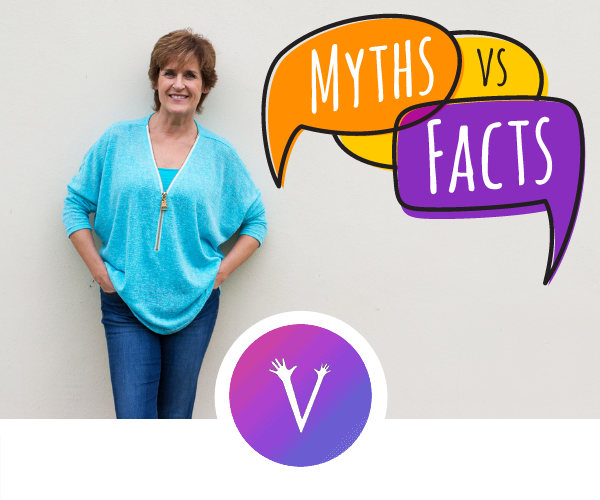Exercise Myths Debunked

Although we know exercise is good for us, there are still many myths about how older people should slow down and sit down in later life. It’s crucial to dispel the myths surrounding exercise that might be holding many back from embracing an active lifestyle. The truth is, staying active in your 70s and beyond can significantly contribute to overall health and happiness. Let’s debunk some common misconceptions and encourage everyone, regardless of age or health conditions, to embark on a journey towards enhanced well-being.
Myth #1: “I’m too old to exercise”:
Fact: Age is just a number, and it’s never too late to start exercising. In fact, studies show that regular physical activity in older adults contributes to increased strength, improved balance and enhanced cognitive function. Whether it’s walking, swimming, yoga or group exercise classes, finding an activity you enjoy can make a significant difference in your overall well-being.
Myth #2: “Exercise is harmful for joints”:
Fact: Contrary to popular belief, exercise is not harmful to joints; it’s actually beneficial. Regular, low-impact activities like walking or cycling help maintain joint flexibility and reduce stiffness. Strengthening exercises, when done correctly, can provide support to the joints and alleviate discomfort. The key is to start gradually and choose exercises suitable for your fitness level.
Myth #3: “I have health problems; I shouldn’t exercise”:
Fact: While it’s essential to consult with a healthcare professional before starting a new exercise routine, many health conditions can benefit from physical activity. Exercise has been linked to improved heart health, better management of diabetes, and enhanced mental well-being. Tailoring your activities to your health needs can be a game-changer in managing and improving certain health conditions. In fact, movement is medicine!
Myth #4: “I’m not fit enough to exercise”:
Fact: Fitness is a journey, not a destination. You don’t need to run a marathon to experience the benefits of exercise. Every little bit counts. Simple activities like gardening, dancing, or even household chores contribute to your overall activity levels. The key is to find activities that you enjoy and that match your current fitness level.
Myth #5: “I don’t have the time”:
Fact: Incorporating physical activity into your routine doesn’t have to be time-consuming. Short, regular bursts of activity can be just as effective as longer sessions. Whether it’s a brisk walk around the block or a quick home workout, finding small pockets of time throughout the day can add up to significant health benefits.
So, it‘s time to rewrite the narrative surrounding exercise and change the term Old Aged Pensioners to Older Active People. The benefits of staying active extend far beyond physical health, encompassing mental well-being and overall happiness. So, let’s break free from the myths, and embark on a journey towards a healthier, happier, and more active later life. Your body and mind will thank you for it!